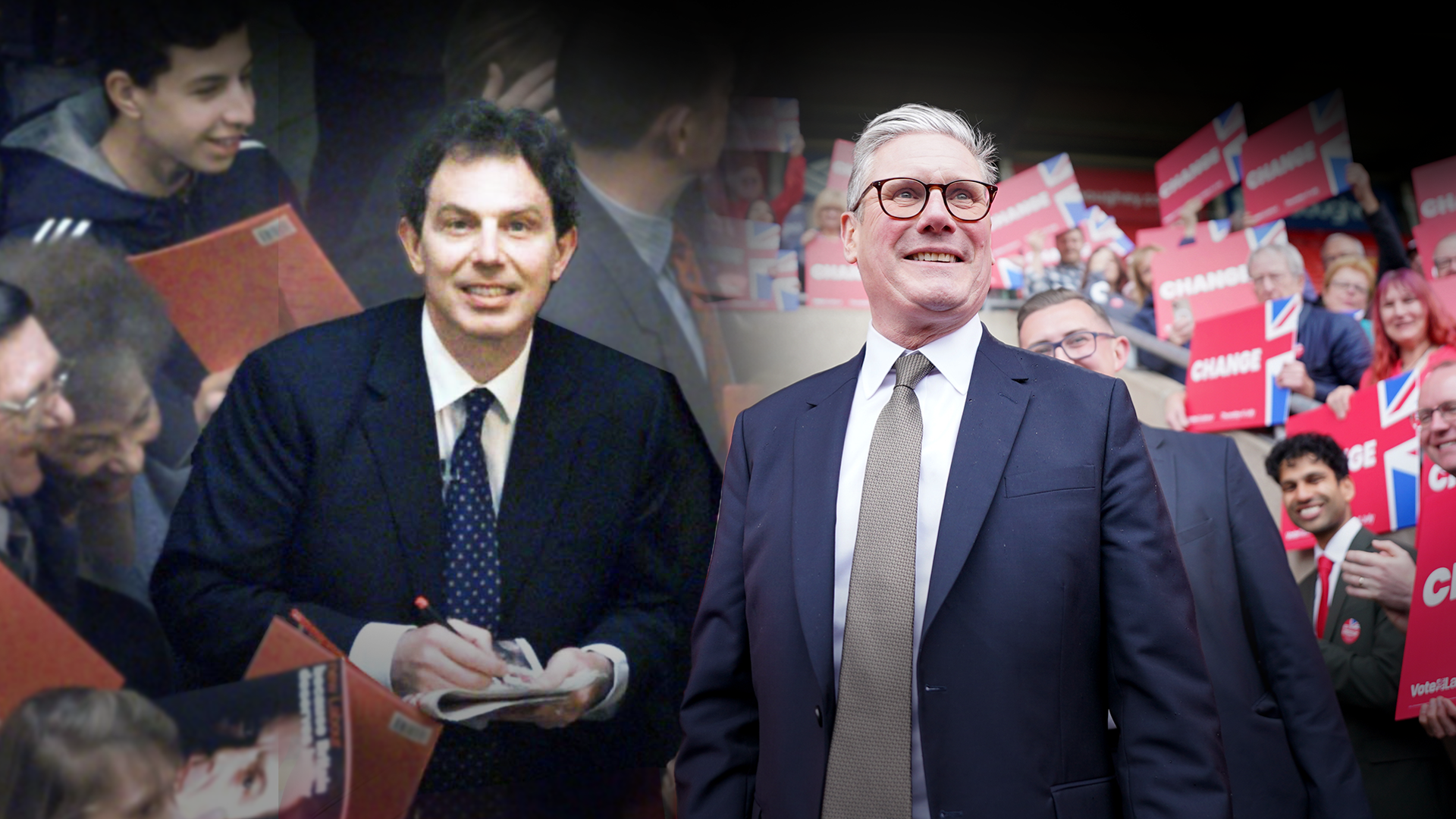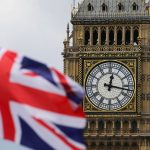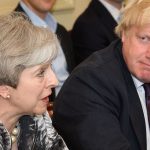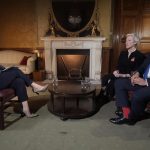There are still two and a half weeks to go.
The most overused simile of this campaign so far is about the challenge facing Sir Keir Starmer to lead Labour safely to victory in this general election. Politicians and pundits simply mention the “Ming vase” for short.
This is a reference to the 1997 election campaign and the last time a Labour leader held in his grasp the possibility of ending a long period of Conservative rule.
The analogy was coined by the ex-Labour Grandee Roy Jenkins who amused a Liberal Democrat dinner by likening Tony Blair to a curator nervously carrying a priceless gossamer-thin Ming vase across a newly polished and treacherously slippery museum floor.
Election latest: Follow live updates
Blair pulled off the trick – in spite of almost believing it could not be done.
“We usually lose” is the perennial warning from Pat McFadden who was a Blair advisor then and is now Starmer’s campaign chief.
When he got to examine the election result, Lord Jenkins found that the porcelain treasure was not to his liking. He had hoped for a narrow win necessitating a progressive realignment bringing together Labour and the Liberal Democrats.
But Labour won such a big majority that there was no need for coalition partners.
Starmer is just as delicately poised today. Opinion polls and academic analysts suggest he may be on course for a victory at least as big as Blair.
The Labour leader and his closest confidants may be the last people in the political world to agree.
This is not just rejecting complacency. As he reminded his supporters at Labour’s manifesto launch, only the general election counts.
There is always a chance that a slip or a blow drops the pot to smash on the floor.
If Starmer makes it to victory the size of the majority, if there is one, will determine what sort of government he is able to put in place.
Sweet victory allowed Blair to ignore or crush dissent in Labour and trade union ranks. By contrast, Cameron, May and Sunak all ended up hostage to factions on the warring Conservative benches.
Be the first to get Breaking News
Install the Sky News app for free
One of the striking features of this extraordinary election campaign is the contrast between the two sides.
Labour has largely united behind Starmer and accepted the iron discipline he deems necessary to reassure the voters.
“This is a serious plan,” he told his supporters at his manifesto launch. “It’s not about rabbits out of the hat, it’s not about pantomime, we’ve had that. I’m running as a candidate to be prime minister, not a candidate to run the circus.”
Please use Chrome browser for a more accessible video player
The event in Manchester reminded me of New Labour 1997, albeit in gloomy rather than optimistic times. The men and women in the audience were dressed in business suits, with flashes of red. And there was barely a ripple when a young female heckler was bundled out with the rebuke from the leader “we gave up being a party of protest five years ago”.
That is when he replaced Jeremy Corbyn as party leader.
Tory candidates are pleasing themselves
On the Conservative side, it is every man and woman for themselves.
Rishi Sunak often cuts a forlorn figure on the campaign trail, seldom accompanied by other senior figures or among large crowds. Candidates are pleasing themselves, putting out leaflets which may not feature pictures of Sunak or the Tory logo and, in the case of Dame Andrea Jenkins at least, giving pride of place to Nigel Farage, leader to the rival Reform UK party.
There is still something about the mood of voters “on the doorstep” that is troubling some Labour activists. Most people they are canvassing agree that it is time for a change of government but few of them express much enthusiasm for Labour or its leader.
This is very different from 1997 when the youthful Blair enjoyed near pin-up status.
For all their nagging doubts, Labour strategists often mutter “boring is good” after another dull performance by Sir Keir.
Will Labour or the Conservatives win? Check Sky News live poll tracker
Keep up with all the latest news from the UK and around the world by following Sky News
They know that indifference to the leader may not stop Labour enjoying a large victory provided that the animus against the Conservatives is fierce enough.
Whether or not a former Conservative voter opts for Labour, the Lib Dems or Reform, Labour is usually well-placed to take the seat because of the strength of its bedrock vote.
Starmer’s safety-first approach means that Labour is the mainstream party offering the fewest election “bribes” to voters.
Its extra spending as outlined in its manifesto is the lowest of the three main parties and it is the only party to factor in the certainty that taxes will be going up, as well their own package of targeted taxes, including VAT on private education and the abolition of non-doms.
Labour’s pledges to match the Conservatives by not increasing the rates of income tax, VAT and national insurance are another echo of New Labour in 1997.
Labour’s overall tax and spend package is more modest in size than either of their main rivals. In the view of the independent Institute for Fiscal Studies (IFS) Labour’s plans are “trivial”.
Please use Chrome browser for a more accessible video player
Read more:
Why were there no surprises in Labour’s manifesto?
Labour’s manifesto vs the rest
What are the party’s key pledges
The IFS also doubts Starmer’s hope that rapid economic growth will obviate the need for cuts in unprotected departmental spending. Nevertheless the Conservatives have struggled to make stick their claim that Labour will cut the average family an extra £2,000 in tax over the next parliament.
An unusual aspect of this campaign is that Labour remains most trusted to run the economy in opinion polls – a policy area which is usually a banker for the Tories.
A prime minister in waiting
Labour’s one word slogan is “Change”. The change Starmer is offering however is a return to stability after what he calls “chaos” under the Conservatives.
Starmer appeared at the launch and on the front cover of the manifesto in shirt sleeves but still wearing a tie, just like Blair.
Like Blair in 1997, his party is presenting him as a prime minister in waiting.
Their manifesto booklet is the only one featuring many photographs of the leader on performative duty. These include a picture with Ukraine’s President Volodymyr Zelenskyy at the D-Day ceremony.
Far from their seeking a photo-op, Labour sources say Zelenskyy was eager for the meeting and regarded it as one of the most important in his Normandy diary.
👉 Click here to follow Electoral Dysfunction wherever you get your podcasts 👈
This side of polling day the greatest threat to Labour is that the opinion polls have got it badly wrong.
Starmer is not going to slip up now.
Neither Starmer nor Blair are dancers but as they cross the shiny floor the same theme tune is playing in the background. Whether in hope or despair many voters seem to have decided “things can only get better” if they make a change from the Conservatives.
Starmer may manage to carry the vase over the finishing line. Once there, he will find he is holding a heavy burden.






















